Product Detail
Product NameHistone H3.3 Rabbit mAb
Clone No.ST50-08
Host SpeciesRecombinant Rabbit
Clonality Monoclonal
PurificationProA affinity purified
ApplicationsWB, ICC/IF, IHC, CHIP
Species ReactivityHu, Ms, Rt
Immunogen Descrecombinant protein
ConjugateUnconjugated
Other NamesH3 histone family 3A antibody H3 histone family 3B antibody H3 histone, family 3B (H3.3B) antibody H3.3 antibody H3.3A antibody H3.3B antibody H33_HUMAN antibody H3F3 antibody H3F3A antibody H3f3b antibody Histone H3.3 antibody Histone H3.3Q antibody Histone H3.A antibody Histone H3.B antibody MGC87782 antibody MGC87783 antibody
Accession NoSwiss-Prot#:P84243
Uniprot
P84243
Gene ID
3020;3021;
Calculated MW15 kDa
Formulation1*TBS (pH7.4), 1%BSA, 40%Glycerol. Preservative: 0.05% Sodium Azide.
StorageStore at -20˚C
Application Details
WB: 1:1,000-1:2,000
IHC: 1:50-1:200
ICC: 1:50-1:200
Western blot analysis of Histone H3.3 on BT-20 cell lysates using anti-Histone H3.3 antibody at 1/1,000 dilution.
Immunohistochemical analysis of paraffin-embedded human breast carcinoma tissue using anti-Histone H3.3 antibody. Counter stained with hematoxylin.
Immunohistochemical analysis of paraffin-embedded mouse colon tissue using anti-Histone H3.3 antibody. Counter stained with hematoxylin.
Immunohistochemical analysis of paraffin-embedded mouse brain tissue using anti-Histone H3.3 antibody. Counter stained with hematoxylin.
Immunohistochemical analysis of paraffin-embedded mouse stomach tissue using anti-Histone H3.3 antibody. Counter stained with hematoxylin.
ICC staining Histone H3.3 in BT-20 cells (green). The nuclear counter stain is DAPI (blue). Cells were fixed in paraformaldehyde, permeabilised with 0.25% Triton X100/PBS.
ICC staining Histone H3.3 in NIH/3T3 cells (green). The nuclear counter stain is DAPI (blue). Cells were fixed in paraformaldehyde, permeabilised with 0.25% Triton X100/PBS.
Eukaryotic histones are basic and water soluble nuclear proteins that form hetero-octameric nucleosome particles by wrapping 146 base pairs of DNA in a left-handed super-helical turn sequentially to form chromosomal fiber. Two molecules of each of the four core histones (H2A, H2B, H3, and H4) form the octamer; formed of two H2A-H2B dimers and two H3-H4 dimers, forming two nearly symmetrical halves by tertiary structure. Over 80% of nucleosomes contain the linker Histone H1, derived from an intronless gene, that interacts with linker DNA between nucleosomes and mediates compaction into higher order chromatin. Histones are subject to posttranslational modification by enzymes primarily on their N-terminal tails, but also in their globular domains. Such modifications include methylation, citrullination, acetylation, phosphorylation, sumoylation, ubiquitination and ADP-ribosylation.
If you have published an article using product 48896, please notify us so that we can cite your literature.


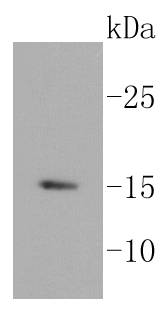
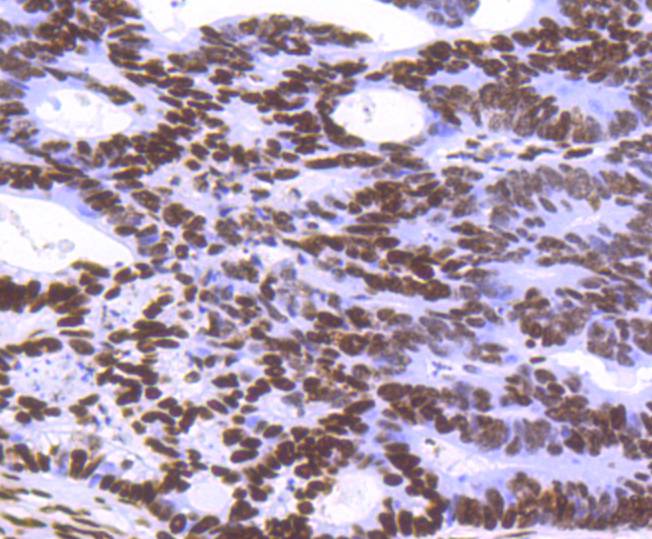
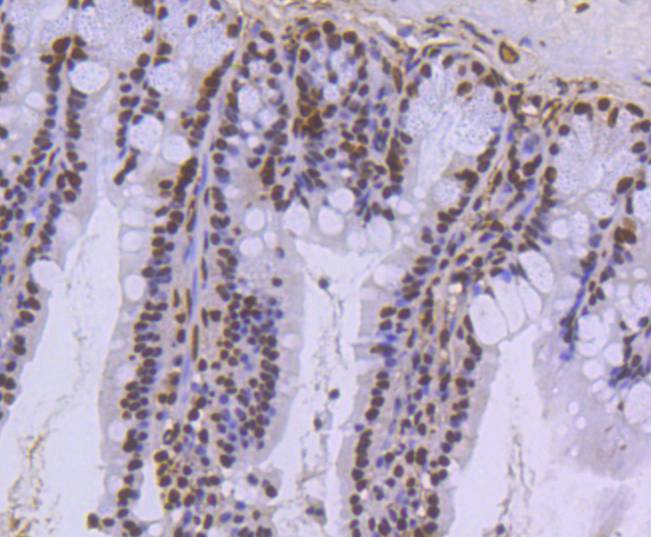


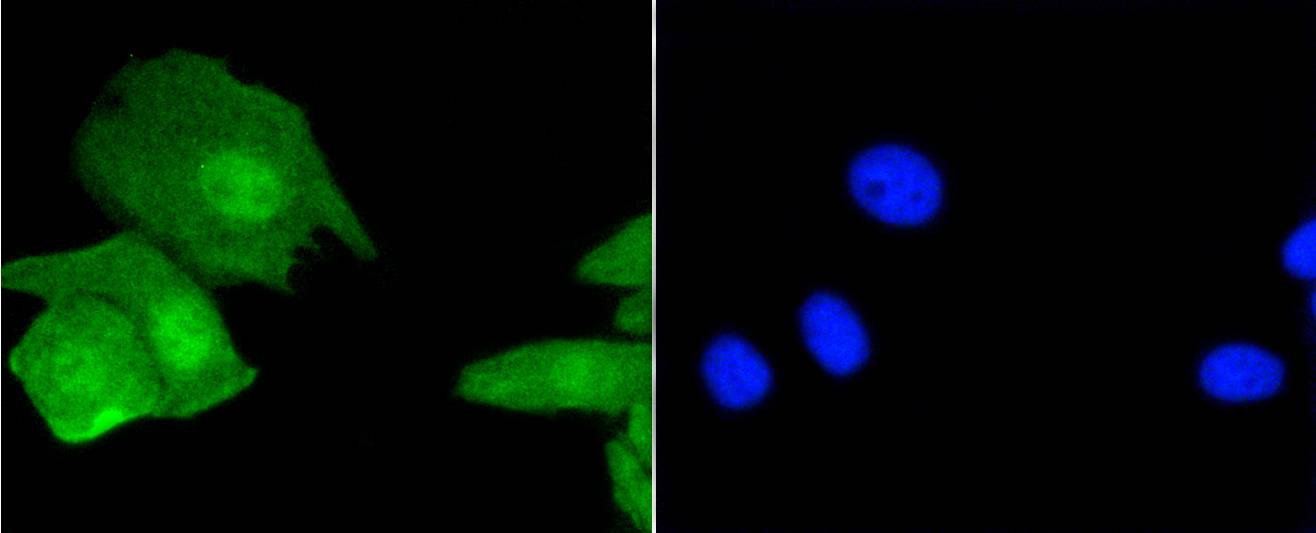
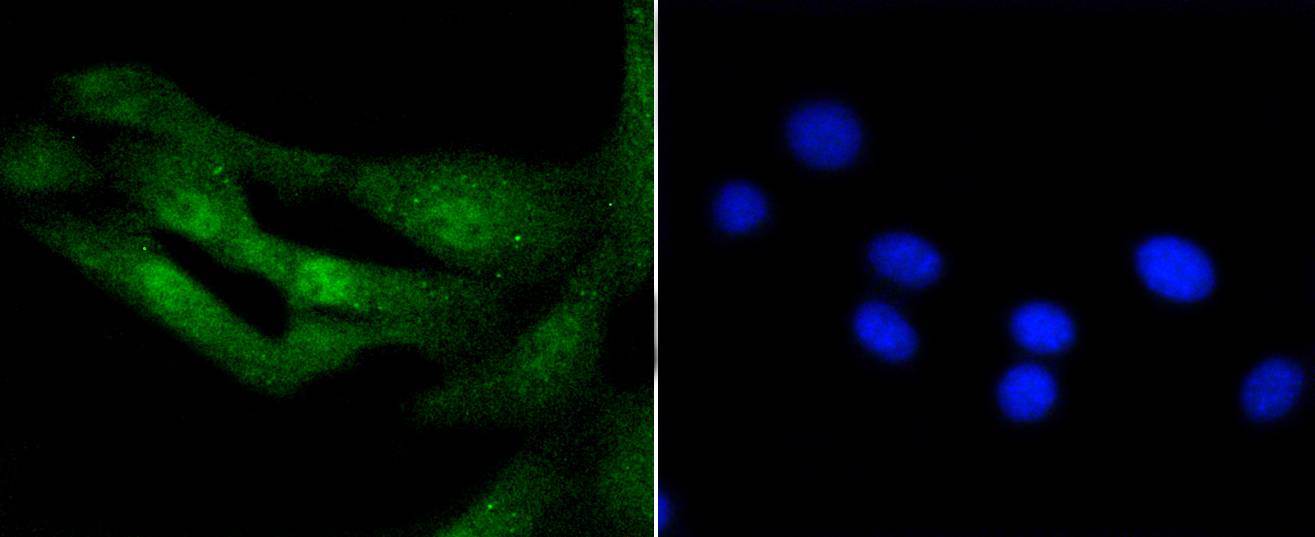
 Yes
Yes



